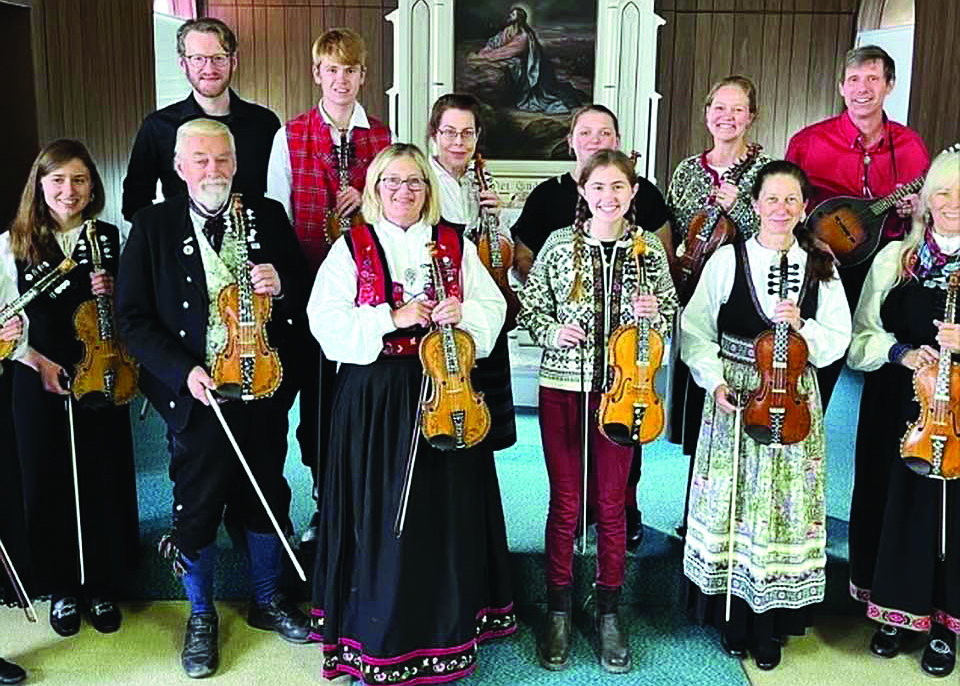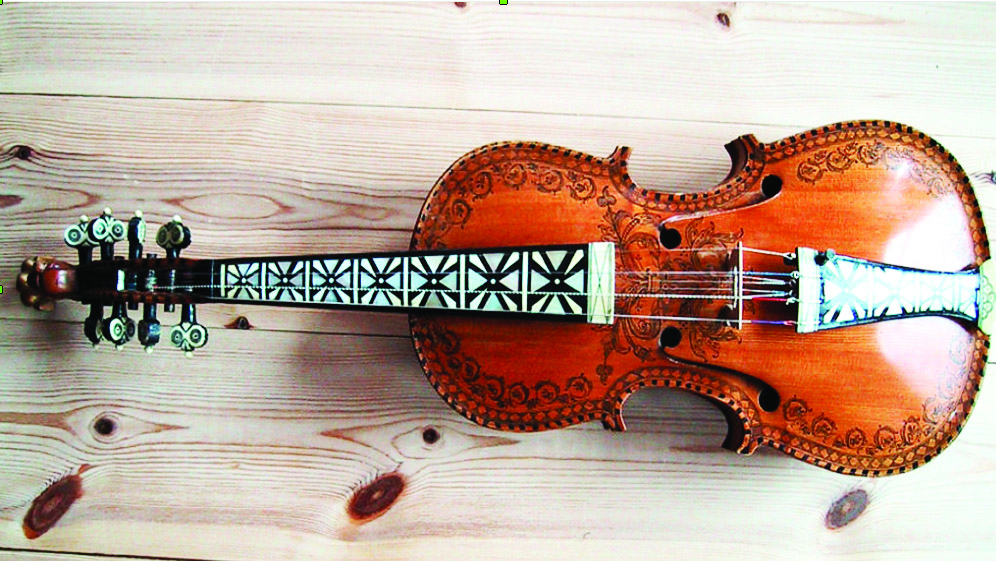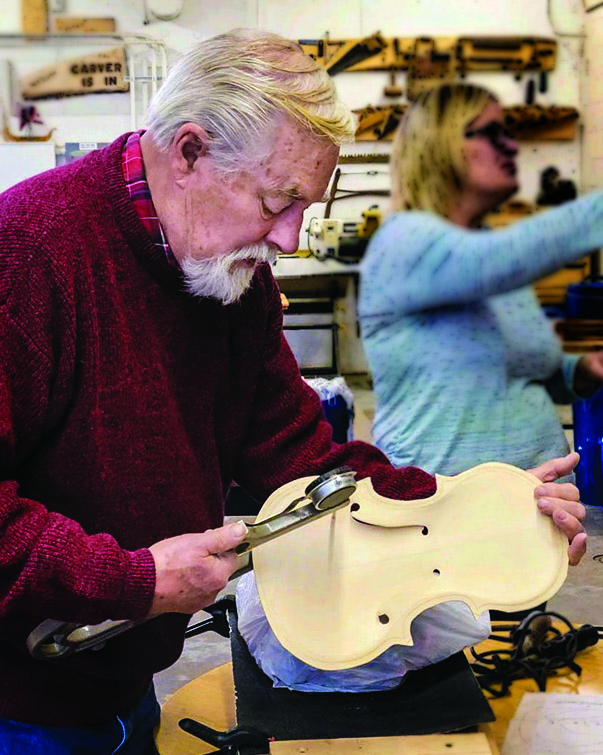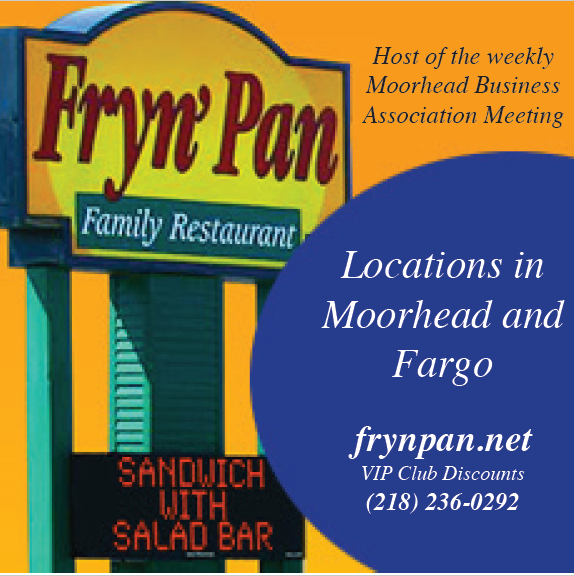
The Spelemannslag of Fargo-Moorhead performs at Saturday’s Hardanger fiddle contest at the Hjemkomst.

The richly decorated eight-stringed Hardanger fiddle has a sound and requires a technique different from the standard violin.

Robert “Bud” Larsen of Brainerd is featured in the concert of traditional Norwegian Hardanger fiddles at the Hjemkomst Saturday, Jan.4.
Levi Magnuson | HCSCC
The traditional Norwegian art of playing the Hardanger fiddle will be featured in a concert by the Fargo Spelemannslag on Saturday, Jan. 4, from 1 to 3 p.m. at the Hjemkomst Center in Moorhead – part of the year-long commemoration of the 200th anniversary of Norwegian immigration to North America.
The concert’s headliner is Robert “Bud” Larsen, master fiddler and luthier of Brainerd, Minnesota, who has mentored the Fargo-Moorhead group in playing the distinctive Norwegian instrument. Larsen has been mentoring the development of the Fargo Spelemannslag, a group of local musicians, for close to a decade.
Also performing is Vidar Skrede, a master Hardanger player originally from western Norway. Skrede, who has lived in the United States since 2016, is a performer, composer, producer and teacher of Nordic folk music. He performs and teaches traditional fiddle, Hardanger fiddle, guitar and mandolin.
The hour-long concert will include Hardanger fiddle history and the cultural context of the songs on the program. It will be followed by a reception of Scandinavian goodies. This concert is part of the international commemoration of 200 years of Norwegian immigration to the US.
Hardanger fiddle is the national folk instrument of Norway, and as this region has a large population of Scandinavian descendants, the music, history, and cultural traditions of the instrument are especially significant here.
The Moorhead-Fargo community has enjoyed a recent resurgence in interest in making and playing Hardanger fiddles. Larsen, now in his 80s, was apprenticed as a teenager to Gunnar Helland, the last of a Norwegian family of Hardanger fiddle makers. Bud has been transmitting the Helland method of the unique folk art of Hardanger fiddle-making over the last 20 of his 40 years as a master luthier to apprentices. His teaching is supported by the North Dakota Council on the Arts, Lake Region Arts Council, the Sons of Norway and the National Endowment for the Arts.
Playing the eight-stringed Hardanger fiddle is much different than playing a regular violin. The instrument has shorter strings, so it can be tuned higher than regular violins. Many tunings are employed. The four or five under-strings resonate, while the upper strings are played using double stops, chords, trills, and sound increment spacing specific to the old “bygdedans” music of Norway, including halling, springdans, brudmars, gangar and reels.
This event is funded in part by a grant from the Lake Region Arts Council through the Minnesota State Legislative appropriation; The Arts Partnership with support from the Cities of Fargo, Moorhead, and West Fargo; and the Alex Stern Family and Fargo-Moorhead Area foundations.


